Although not the views of those within schools that we typically post about, this survey brings us the views of those covering the stories within our schools. It’s an interesting look into the views of those who we depend on to bring us the important stories affecting our K12 education system.
The survey was sponsored by the Education Writers Association and conducted by the Education Week Research Center in early 2016. They asked more than 400 education reporters nationwide their views on K12 education, the industry and the beat.
Education journalists have the critically important task of informing the public about education at the local, state, and national levels. But little is known about this sector of the news media. What does this workforce look like? Do education journalists believe their work matters? Are they satisfied in their jobs? What challenges does the field face to better informing public dialogue on education? The findings can be used to inform decisions about resources devoted to the education beat, and for assessments by media outlets of how they cover – or do not cover – education.
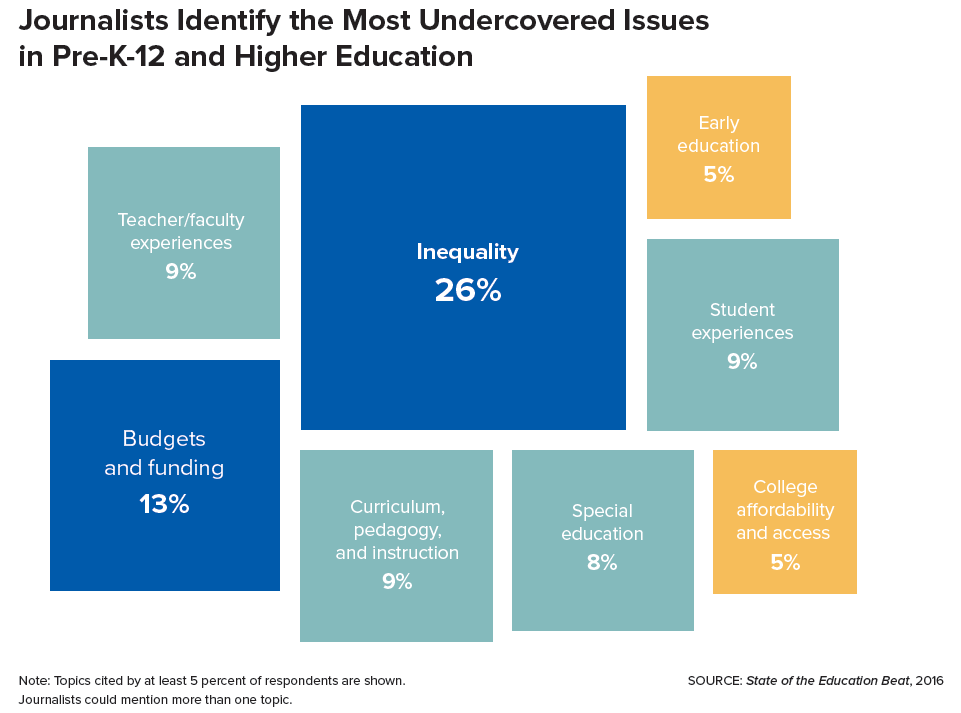
Key Findings
- Journalists believe their work has a positive impact on education. One of the most dramatic — and heartening — findings to emerge from the State of the Education Beat study is that 95 percent of all education journalists feel their work is making a difference.
- No shortage of challenges. Sixty-five percent of respondents say responsibility for covering (or supervising coverage of) too many aspects of education leaves them little time for in-depth education journalism. And one-third find it difficult to get in-person access to schools and college campuses.
- Inequality is undercovered; testing and budgets and finance will be the top stories. Asked to name the most under-covered issue in education, inequality stood out. The most commonly cited “top stories” for the 2016-17 school year are testing and budgets and finance.
- Television gets low marks from peers for coverage of education. If the Confidence Index has an outlier, it is the perception of TV news. Just 5 percent of study participants express confidence in TV education news, compared with 72 percent for newspapers.
- Public relations efforts are an important part of education coverage. News releases, news conferences, or public relations professionals are the top sources of story ideas for education journalists.
- Teachers and faculty members are key sources. Asked to identify sources they turned to in the last month to inform coverage, journalists report a virtual tie for first place between teachers/faculty members (89%) and news releases, news conferences, and PR professionals (88%).
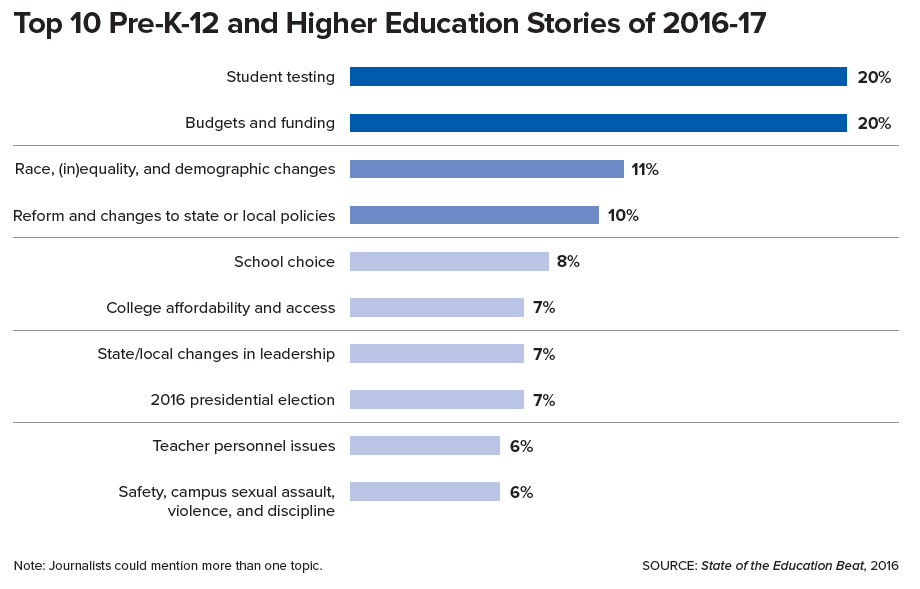
Source: Education Writers Association

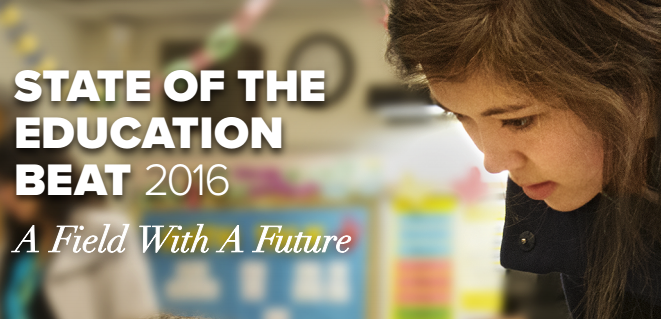

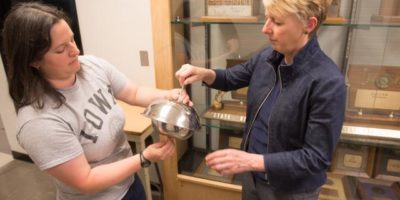
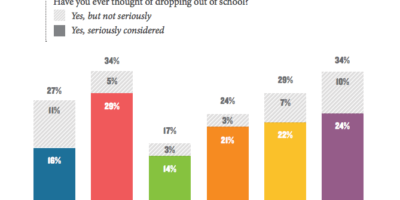


What's your view?